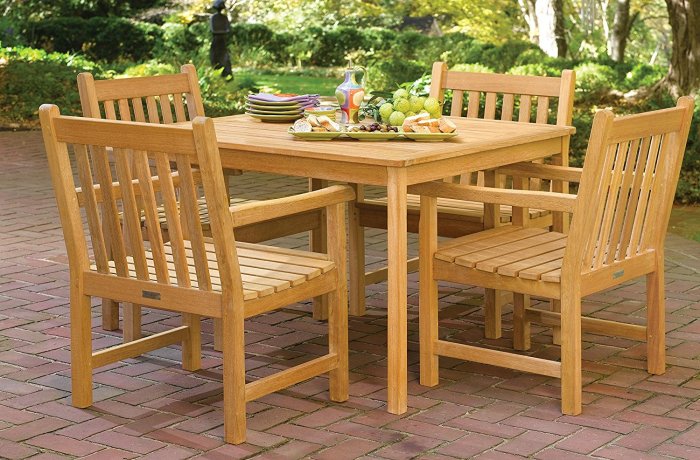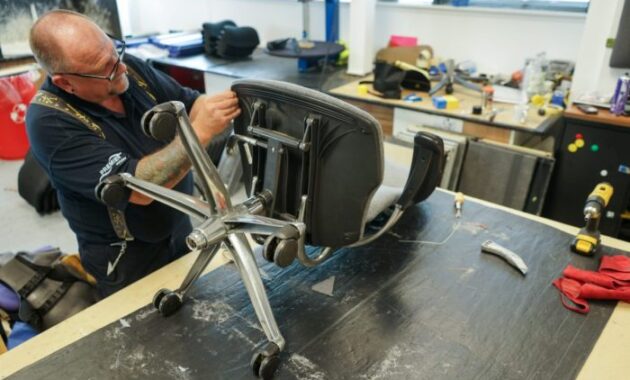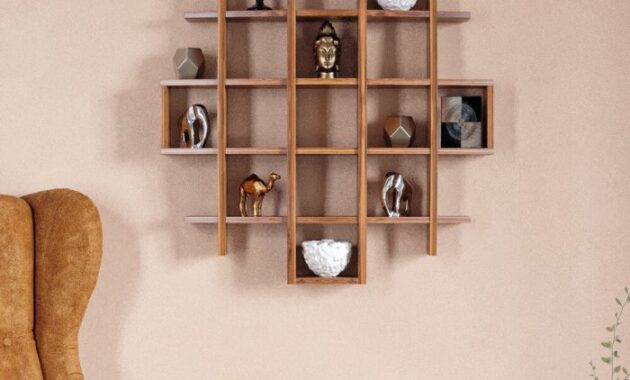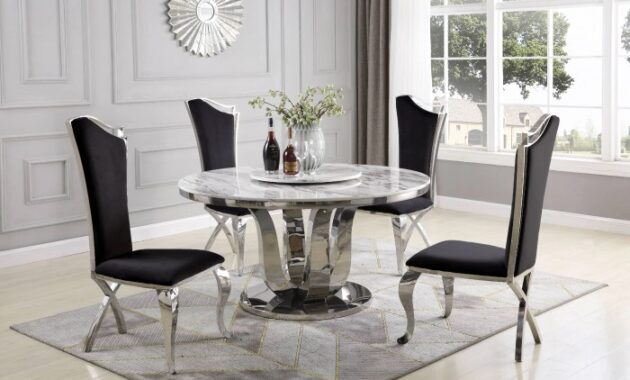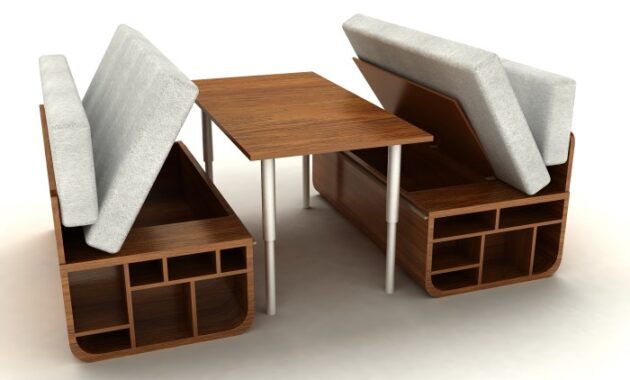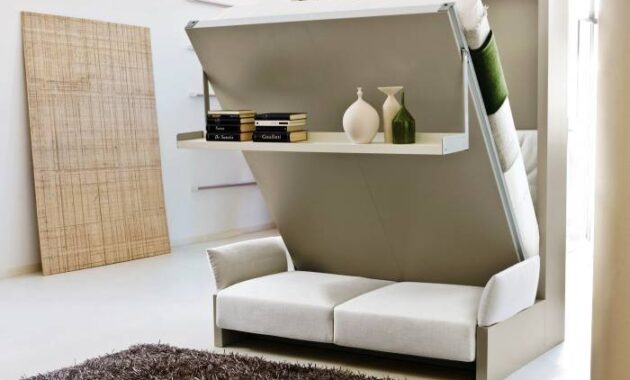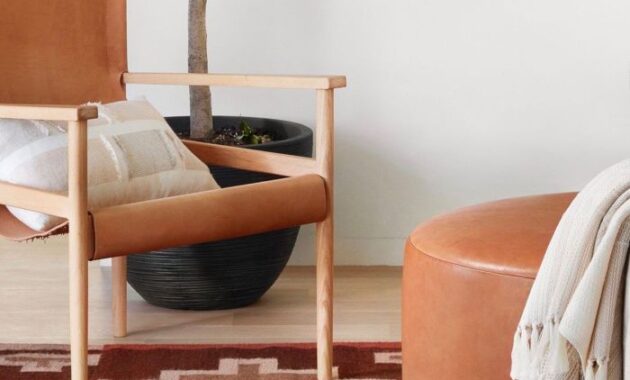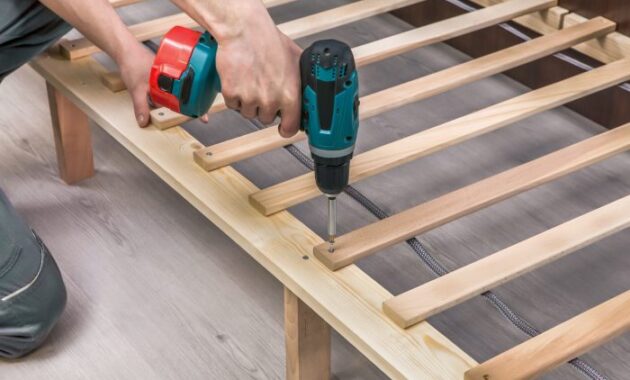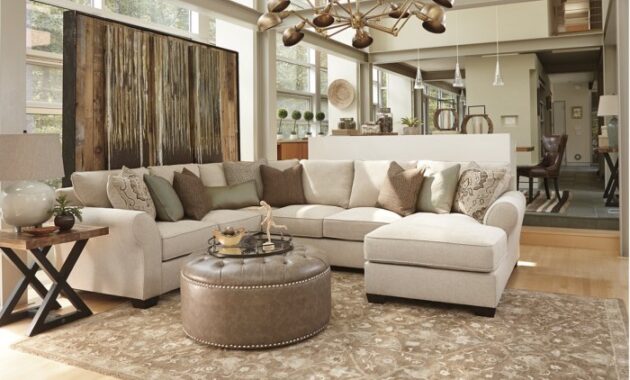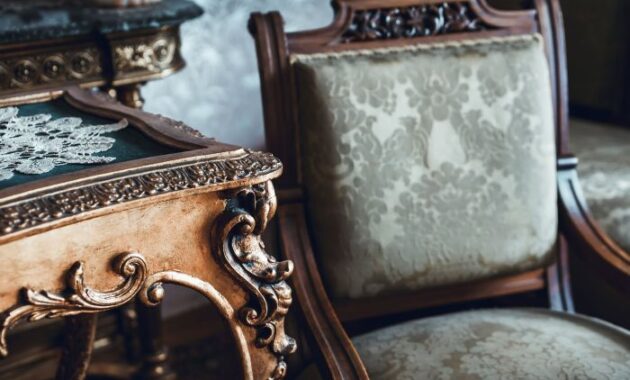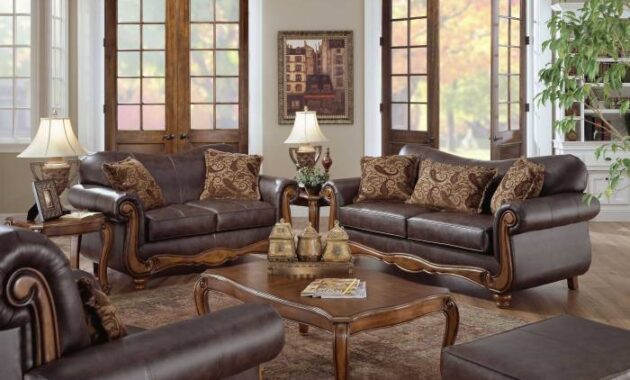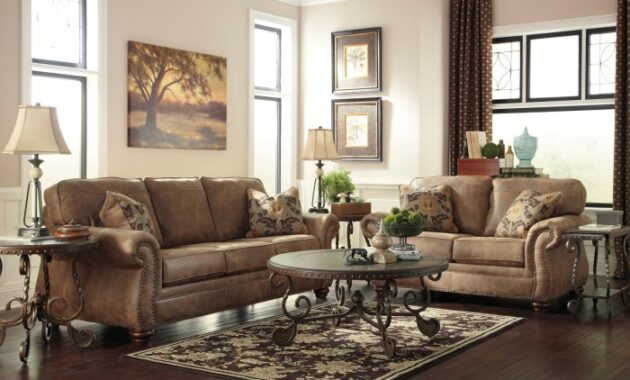Wooden furniture: Types, Selection, Design, Maintenance – A Comprehensive Guide. From the different types of wooden furniture to the key elements of design and construction, explore the world of wooden furniture in this engaging overview.
Whether you’re a furniture enthusiast or looking to enhance your knowledge, this guide covers everything you need to know about wooden furniture.
Types of Wooden Furniture

Wooden furniture is a popular choice for households due to its durability, versatility, and timeless appeal. There are various types of wooden furniture commonly used, each with its unique characteristics and benefits.
Solid Wood Furniture vs. Engineered Wood Furniture
When it comes to wooden furniture, there are two main categories: solid wood furniture and engineered wood furniture. Solid wood furniture is made from a single piece of wood, such as oak, cherry, or mahogany, while engineered wood furniture is constructed from multiple layers of wood veneer or fibers bonded together.
Solid wood furniture is known for its strength and durability, as well as its natural beauty and unique grain patterns. It is more resistant to wear and tear and can be easily refinished if damaged. On the other hand, engineered wood furniture is often more affordable and can be designed to mimic the look of solid wood. It is also less prone to warping or cracking due to changes in humidity.
Hardwood Furniture vs. Softwood Furniture
Another distinction in wooden furniture is between hardwood and softwood. Hardwood furniture is made from trees that have broad leaves, such as oak, maple, or walnut, and is known for its durability and strength. Softwood furniture, on the other hand, is made from trees with needle-like leaves, such as pine, cedar, or spruce, and is generally less dense and more affordable.
Advantages of hardwood furniture include its durability, longevity, and resistance to scratches and dents. It also tends to have a more sophisticated appearance and can be easily refinished to maintain its beauty. However, hardwood furniture is often more expensive than softwood furniture and may require more maintenance to preserve its quality over time.
In contrast, softwood furniture is lighter in weight, easier to work with, and more budget-friendly. It is also readily available and can be stained or painted to achieve different looks. However, softwood furniture is more susceptible to damage and may not last as long as hardwood furniture.
Overall, the choice between solid wood and engineered wood, as well as hardwood and softwood furniture, depends on personal preferences, budget constraints, and intended use. Each type of wooden furniture has its own unique characteristics and advantages, making it essential to consider these factors when selecting the perfect pieces for your home.
Wood Selection for Furniture Making

When it comes to creating high-quality wooden furniture, selecting the right type of wood is crucial. Different wood species have unique properties that make them suitable for specific furniture pieces, based on factors like durability, appearance, and workability.
Popular Wood Species for Furniture Making
- Oak: Known for its strength and durability, oak is a popular choice for furniture making. It has a prominent grain pattern and can be stained in various shades.
- Maple: Maple wood is prized for its light color and smooth texture, making it ideal for furniture pieces like cabinets and tables.
- Walnut: Walnut wood is loved for its rich, dark color and beautiful grain patterns. It is often used in high-end furniture pieces.
- Cherry: Cherry wood has a warm, reddish-brown hue that darkens over time. It is commonly used in traditional and formal furniture designs.
Sustainability of Reclaimed Wood, Wooden furniture
Using reclaimed wood for furniture projects is not only environmentally friendly but also adds a unique character to the piece. Reclaimed wood comes from old structures like barns, factories, or warehouses, giving the furniture a rustic and authentic look. By repurposing old wood, we reduce the demand for new timber and help in conserving natural resources.
Design and Construction
When it comes to designing wooden furniture, several key elements play a crucial role in creating a beautiful and functional piece. The shape, style, and functionality of the furniture are essential considerations that need to be carefully thought out to ensure a successful design. Additionally, the construction process involves several steps from raw materials to the final product, which requires precision and attention to detail. Joinery techniques are also vital in creating sturdy wooden furniture pieces that can withstand the test of time.
Key Elements of Designing Wooden Furniture
Designing wooden furniture involves considering the shape, style, and functionality of the piece. These key elements are essential in creating a visually appealing and practical piece of furniture.
- Shape: The shape of the furniture determines its overall aesthetic appeal and can vary from traditional to modern designs.
- Style: The style of the furniture reflects the overall design concept, whether it’s minimalist, rustic, or contemporary.
- Functionality: Ensuring that the furniture serves its intended purpose is crucial in design, whether it’s a chair, table, bed, or storage unit.
Construction Process of Wooden Furniture
The construction process of wooden furniture involves several steps from selecting raw materials to finishing touches. Each step requires precision and attention to detail to create a high-quality piece of furniture.
- Material Selection: Choosing the right type of wood is essential for the durability and appearance of the furniture.
- Preparation: Raw materials need to be cut, shaped, and prepared for assembly.
- Joinery: Joinery techniques such as dovetail joints, mortise and tenon joints, and dowel joints are commonly used to create strong connections.
- Assembly: Putting together the various components of the furniture to create the final piece.
- Finishing: Applying finishes such as stains, paints, or varnishes to protect and enhance the appearance of the furniture.
Joinery Techniques for Wooden Furniture
Joinery techniques play a crucial role in creating sturdy wooden furniture pieces that can withstand everyday use. Here are some commonly used joinery techniques:
- Dovetail Joints: Known for their strength and decorative appeal, dovetail joints are often used in drawer construction.
- Mortise and Tenon Joints: This classic joint consists of a mortise hole and a tenon tongue, creating a strong connection between two pieces of wood.
- Dowel Joints: Dowels are round wooden pins that are inserted into corresponding holes to join two pieces of wood together.
Maintenance and Care: Wooden Furniture

Proper maintenance and care are essential to ensure the longevity of wooden furniture. By following the right practices, you can keep your wooden pieces looking beautiful for years to come.
To start, it’s important to regularly dust your wooden furniture with a soft cloth to prevent dust buildup. Additionally, avoid placing wooden furniture in direct sunlight or near heat sources to prevent drying and fading.
Cleaning and Polishing
- Use a mild soap and water solution to clean wooden furniture, avoiding harsh chemicals that can damage the finish.
- For polishing, choose a high-quality furniture polish specifically designed for wooden surfaces to maintain their shine.
- Always follow the grain of the wood when cleaning and polishing to prevent scratches and streaks.
Addressing Common Issues
- Scratches: To address minor scratches, use a touch-up marker or a mixture of olive oil and vinegar. For deeper scratches, consider refinishing the affected area.
- Water Stains: Remove water stains by gently rubbing with a mixture of baking soda and water or applying a layer of mayonnaise and letting it sit overnight.
- Sun Damage: To repair sun-damaged wood, sand the affected area and apply a wood finish or polish to restore its luster.
Discover the beauty and craftsmanship of wooden furniture through this detailed exploration. From selecting the right wood to caring for your pieces, elevate your understanding and appreciation for these timeless creations.

